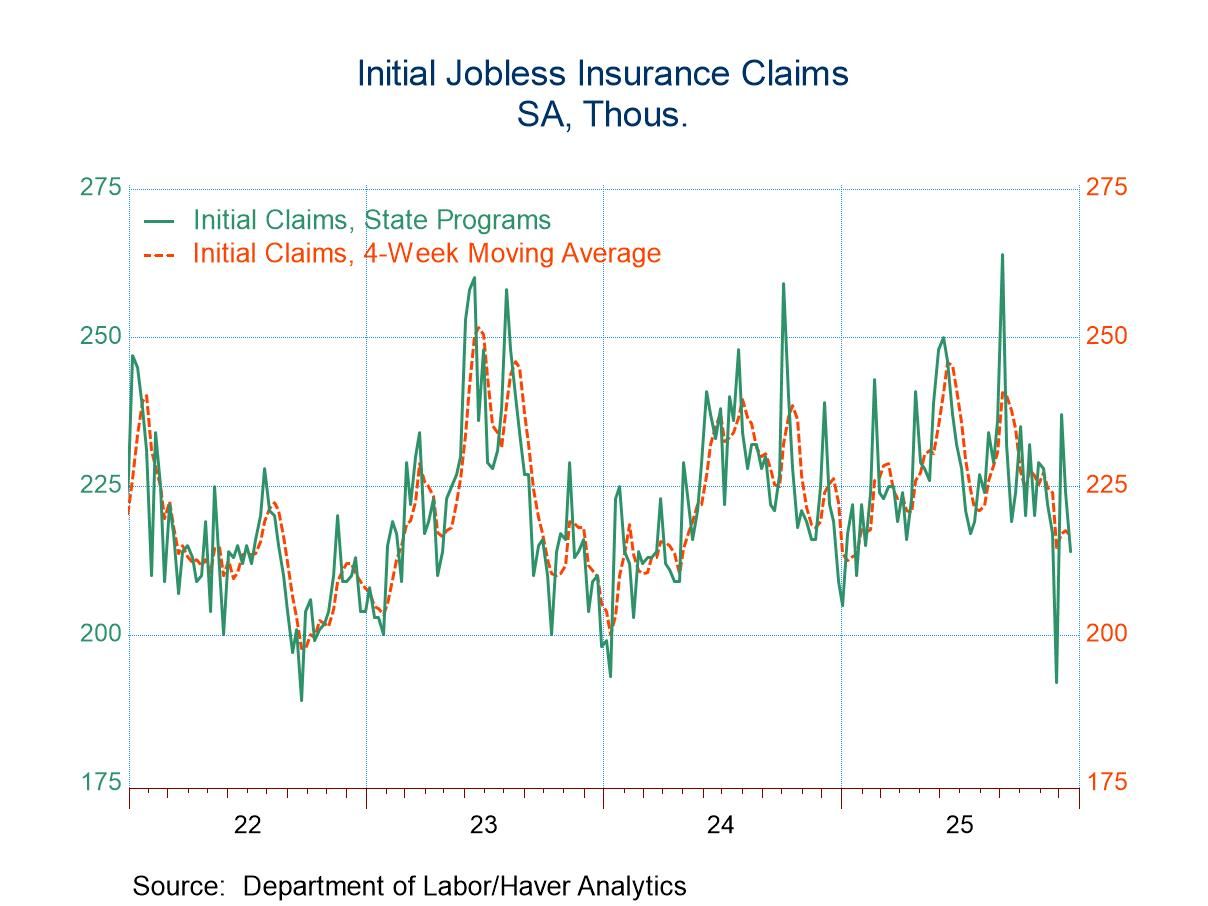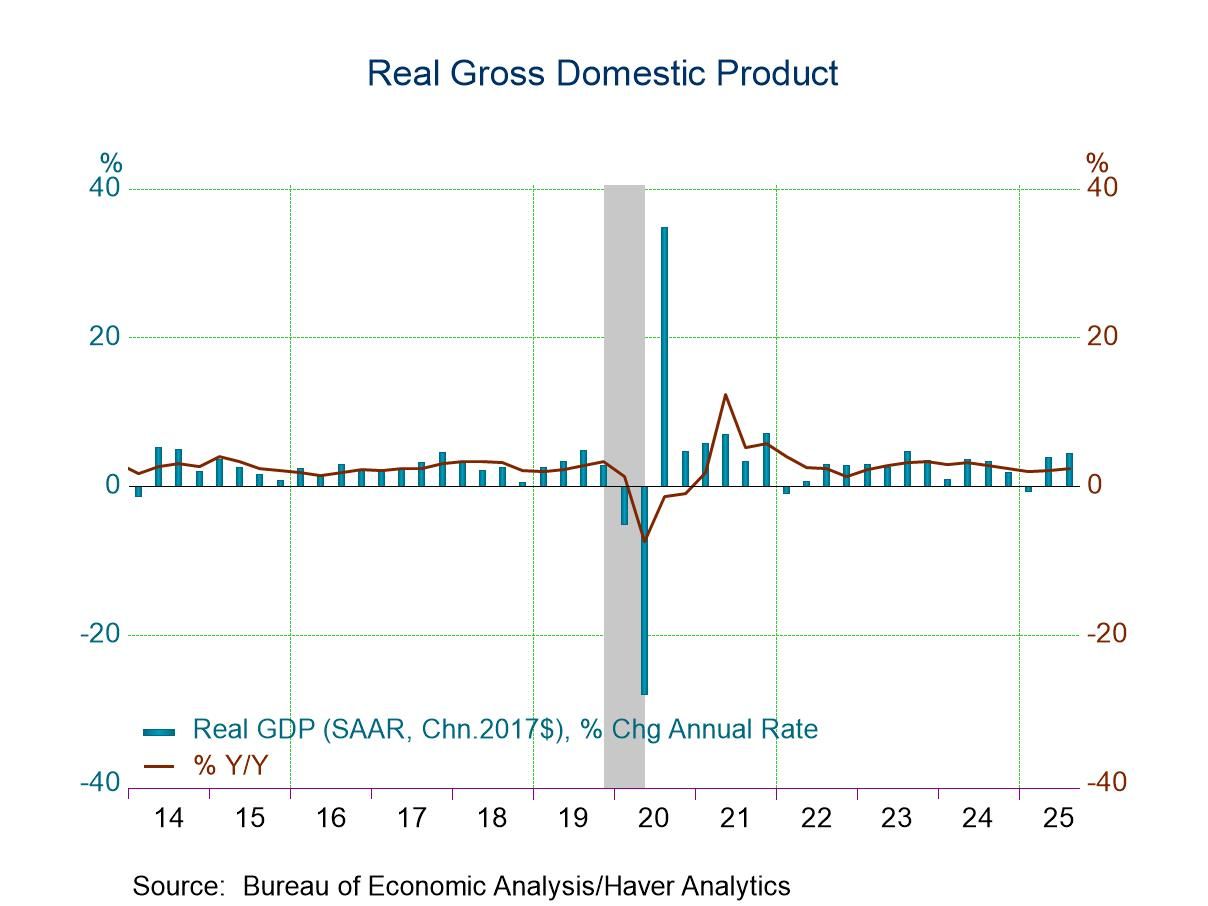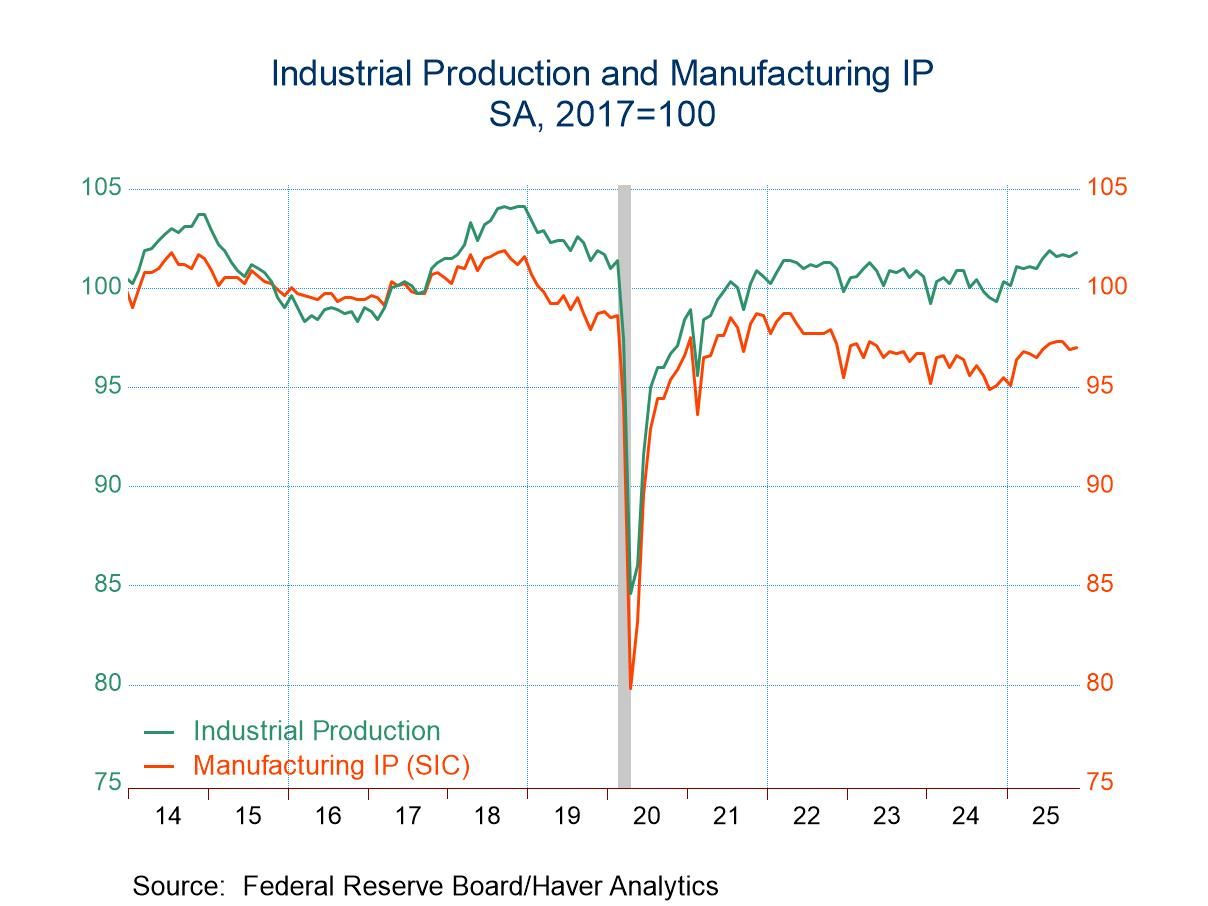 Global| Apr 18 2023
Global| Apr 18 2023ZEW Expectations Retreat

The ZEW survey by German financial experts continues to show widespread negative readings in April. The economic situation gets substantial negative readings for the euro area and Germany while the United States gets a small positive reading. Expectations for Germany are positive while expectations for the U.S. are negative. In all, the expectations and economic situation diffusion readings have weak rankings below their 50% mark, meaning that they are below their respective medians on data since 1992 – a 30-year stretch.
Nonetheless, the economic situation according to the ZEW experts improved between March and April in the euro area and Germany with readings changing from the negative mid-40s to the negative low-30s in diffusion terms. For the U.S., a positive reading of five in March gives way to a positive reading of 4.1 in April, a small setback. Expectations deteriorated month-to-month in Germany and in the U.S. on readings ranging from a ranking below the 30th percentile to below the 20th percentile.
Inflation expectations are deeply negative implying that inflation is strongly expected to fall from where it is now. The month-to-month numbers even became slightly more negative indicating that inflation progress is slightly more strongly expected. The ranking for the inflation metrics is well below the 5% level for the euro area, Germany, and the U.S. The expectation for inflation to decelerate is extremely strong.
Interest rate expectations for short-term rates moved up slightly in the euro area and moved down in the U.S. For the euro area, there's above-median reading with diffusion at 68.5 in April having moved up from 67.9 in March. In the U.S., the April reading moved down rather sharply to 44.7 from 55.3 as the ZEW experts are looking for below median rate changes compared to March. However, in both cases, the queue standing for interest rates is above the median, but much higher, at an 85.5 percentile queue standing for the euro area, compared with a 54-percentile standing in the U.S., where some are beginning to see the end game insight for the Federal Reserve.
Long-term interest rate expectations saw their month-to-month diffusion readings decline, in Germany from 28.4 in March to 21.8 in April; in the U.S., expectations fell from 18.6 in March to 9.2 in April. The queue standing for the German expectations are in their 28th percentile. For the U.S., the queue standing is in its 14th percentile. The outlook for long-term interest rates is clearly moderating.
Stock market expectations between March and April did not change very much. They stepped up in the euro area to a reading of 13 from 9.9, and also in Germany to 13.5 from 12.7. The United States’ expectations slid to 12.2 from 16.1. However, all of these are historically weak readings. The queue standings for the euro area are at its 7.2 percentile. For Germany, the standing is at its 6.6 percentile. The U.S., with a lower diffusion reading, has a stronger standing at its 24.7 percentile. The outlook for the stock markets remains subnormal and guarded.
The final metric is for the dollar against the euro and here while the reading for the U.S. dollar is still at a -6.6 in April, that's an improvement from -10.4 in March, with the queue standing at its 44.7 percentile, below its historic median but not by much. Exchange rate changes have not been much in the limelight recently.

Summing up On balance, there's nothing dramatic in this survey; expectations have been cut back even though current conditions are found to be improved month-to-month or little-changed. Expectations of inflation declines are still in train as experts apparently are beginning to look for interest rate increases to moderate as well. It's consistent that the experts are deeply impressed that inflation is going to fall from current levels and that they see an end to interest rate increases, or at least a moderation, even though the high queue standings suggest that rates may linger at high levels for a while. The survey also suggests that there may be more interest rate increases to come in the euro area than in the U.S. which is sensible given the differences in the levels of rates in the two places, the inflation difference in inflation, and the work that the two central banks in those regions have already done. On balance, in the wake of the banking crisis in the U.S. and a banking mega-merger in Switzerland, there doesn't appear to be much in the way of strong changes exhibited by the forecasts of the ZEW experts.
Robert Brusca
AuthorMore in Author Profile »Robert A. Brusca is Chief Economist of Fact and Opinion Economics, a consulting firm he founded in Manhattan. He has been an economist on Wall Street for over 25 years. He has visited central banking and large institutional clients in over 30 countries in his career as an economist. Mr. Brusca was a Divisional Research Chief at the Federal Reserve Bank of NY (Chief of the International Financial markets Division), a Fed Watcher at Irving Trust and Chief Economist at Nikko Securities International. He is widely quoted and appears in various media. Mr. Brusca holds an MA and Ph.D. in economics from Michigan State University and a BA in Economics from the University of Michigan. His research pursues his strong interests in non aligned policy economics as well as international economics. FAO Economics’ research targets investors to assist them in making better investment decisions in stocks, bonds and in a variety of international assets. The company does not manage money and has no conflicts in giving economic advice.






